 / concept
/ concept
History and genesis of My Interactive TV®.
movie where you are the hero
The goal is to produce truly interactive movies to increase the involvement of the viewer
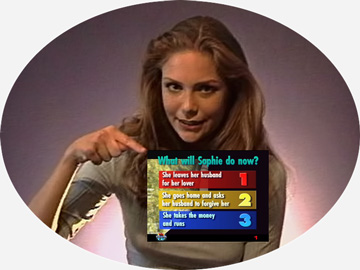
1997
1997 was a very special year in audiovisual history, as two major changes were taking place.
-
Satellite television
The first change was the arrival of digital television broadcasting methods. After “the age of shortage” of analog television (very limited choice of television channels) followed “the age of abundance” permitted by new digital broadcasting technologies, cable in the big cities, and especially by satellite in the rest of the country.
-
DVD
The second revolution underway was the completion of the specifications for makers of what would be called the DVD, destined to replace the VHS cassette which was almost 20 years old at that point (and to render the first mediocre CD Video experiments forgotten). On paper, the assets of this new distribution format were especially seductive, with a spectacular qualitative leap and the promise of an absence of wear and tear (which was magnetic tape’s weak point).
-
New formats, new expectations, new hopes
Faced with this announced upheaval, in 1997 two writers imagined the concept My Interactive TV, which sought to use new digital modes of distribution (Satellite TV and DVD) in an innovative way to create real interactive television.
It is necessary to understand what they meant by the expression “interactive television.” These were writers, and for them, interactivity took place at the level of narrative. My Interactive TV is INTERACTIVE FICTION, in which the viewer is faced with a multiple-choice scenario and is given the ability to intervene in the course of the narrative.

Fake ad for
My Interactive TV on Canal Satellite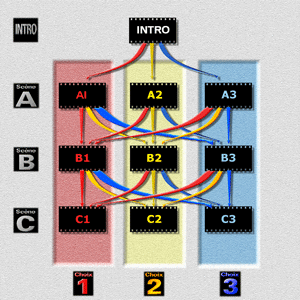
Interactive structure
of the movie Hypnosis (My Interactive TV)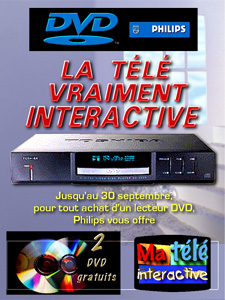
Fake ad for
My Interactive TV on DVD
/ The first movie production
An explanatory brochure is good...
A real film is much better!
Objective no. 1: Validate the concept
With such an innovative concept, there was only one way to verify whether the idea was good: make a first film!
Structure of interactivity
First of all, among the different possibilities for interaction, we had to insure that the structure we retained, called “braided,” was manageable from the point of view of writing. In fact, from the beginning, we were persuaded that it was useless to explore a scenario in which a tree structure developed with each question (because of complexity and exponentially inflated costs). However, our preference for creating a form of convergence of the story at the end of each scene seemed a particularly difficult feat to perform from a plot perspective.
How many options to offer the viewer?
When giving the viewer a choice as to the rest of the film, how many options to present to him? We stopped ourselves at 3 options presented at each question. Our reasoning was that with only two options, the choice was too limited, basic, and all in all probably frustrating in most situations. Four options, and the problem would have been that the screenwriters would be stumped on that fourth way. Upon reflection, few situations in life offer us the ability to choose between 4 possible choices.
Duration of scenes
Is it only at the end of the film that the viewer can intervene (like in most of the preceding experiments in interactive film), or, to the contrary, at many occasions in the middle of the same episode? Finally, we decided on a rhythm of a question every 3 minutes (fairly respected in “Hypnosis”). In fact, contenting ourselves with asking the viewer a question only once per episode seemed to us to usurp the brand of My Interactive TV... On the other hand, to multiply requests, all while leaving the screenwriters enough time to develop a scene that could advance the plot, constituted what seemed like the best compromise between the two components of the concept: “fiction” and “interactivity.”
How to manage the writing and editing?
Once our interactive structure was perfectly defined, it was time to confront this terrible question: “is it even possible to write a screenplay which can hold up to the infliction all these constraints?” After a few weeks of relentless work, the response was definitely “yes,” but at the price of some serious headaches! A few months later, it was the editor’s turn to ask the same kind of question. Here, too, the film was the proof that the task could be carried out well, provided that the participants accepted the “masochistic” side of the concept. Fun for the viewer, yes, but it’s another story behind the scenes!
Objective no. 2: Convince partners
Digital television packages, co-producers, and... the public.
Co-producers
To make our plan a reality, and to make the concept of an interactive fiction series prestigious, we sought the support of veteran producers. We thus met some of the most influential producers in television, multimedia and video game production (Flach films, Pierre Grimblat from Hamster, Marc du Pontavice from Gaumont multimedia and Ubisoft, notably), whose welcome was altogether very warm, despite the fact that we were novices and totally unknown in the field. But as soon as we presented the plan to them, those we met imagined the potential of the concept, and several saw themselves participating in it. Among them, Gérard Guillemot was the most enthusiastic, going as far as to promise a generous part of the necessary finances for the first episodes to be broadcast, provided that the networks agreed to play them.
There was a ferment of ideas at that time, and producers were looking for new opportunities. We felt that our quest for producers was on the right track.
Digital television packages
At the end of December 1997, we succeeded in getting a meeting with the directors of programming at two digital satellite television packages that had just been established in France: TPS (affiliate of TF1 and M6) and CanalSat (affiliate of Canal+). The meetings were rather colorful, since for lack of a DVD player (not available yet at that time) we needed to use 3 videos that we had to synchronize to be able to present the film in its interactive version... It was remarkable! We demonstrated interactive fiction with the help of the film Hypnosis. However, those who have lived in France since that time have noticed that there were no sequels to that meeting. To give you an idea of the discussions that followed the presentation of the film, here is one of the reflections that we were able to hear (we can’t say who expressed it): “Anyway, DVDs will be a flop; it will never work!” With more than 20 years of hindsight, and a market that has oscillated between 500 million and 1 billion DVDs sold worldwide* each year!, we can weigh the pertinence of that remark...
(* source: Digital Entertainment Group).
-
The general public
Over the course of the year 1998, we were aware that without the support of television channels, the general public would never see the “My Interactive Television” plan come to life in the near future. So we told ourselves that we had to at least let them benefit from our first self-financed screen test, and we put it online on the Internet on December 28, 1998. The Web revolution had just begin, and there was no one to convince to broadcast our film. In the meantime, we had acquired the “power” to put it at the public’s disposal without a selection committee.
Since that day, the film has had several tens of thousands of viewers each year, and it’s heading slowly toward its millionth viewer... “Hypnosis” has also had several exceptional projections onto the big screen, at several festivals (Georges Pompidou Center, FIFI 99, Narrowcast Content Awards, Streaming Cinema 2.0, International D-Cinema Festival 2001, Vierzon Festival). Each time, it has been a great moment of joy for us to see the reactions of the public “in real life” in these great theaters where the atmosphere was particularly fun and the viewers were visibly enchanted by this outstanding experience!
On the occasion of the 10th anniversary of the concept, two local television channels (7 à Limoges and Télé Nantes) even asked us for the authorization to broadcast the film in a linear version, with a link to the interactive version online, enlarging its audience a little more.
Do you have a comment or a suggestion to make?
Then send us a message here.
/ team
It took lots of goodwill for the My Interactive TV® experience to become a reality!
The film exists thanks to them
It’s impossible to list everyone, but here are those most involved.
-

Sandrine Seubille
Anne Ferrer / Sophie -
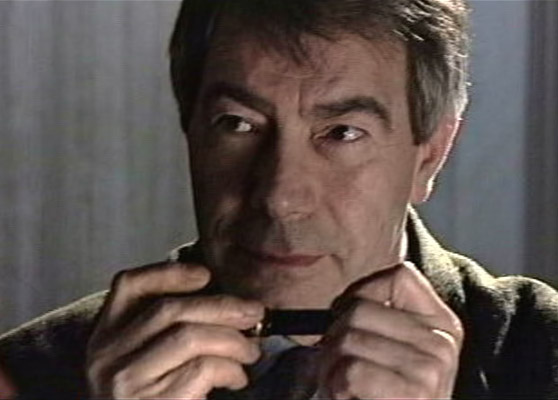
Gérard Dessalles
The hypnotist -
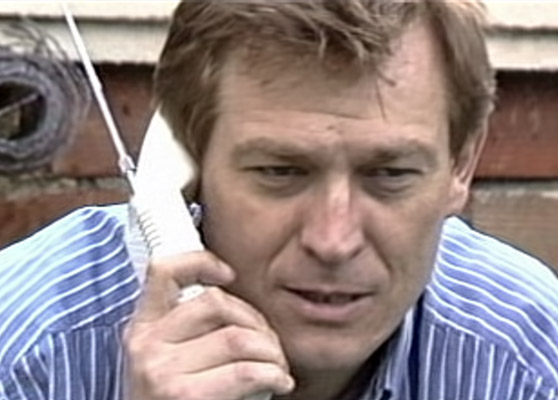
Antoine Stip
Jean Ferrer -
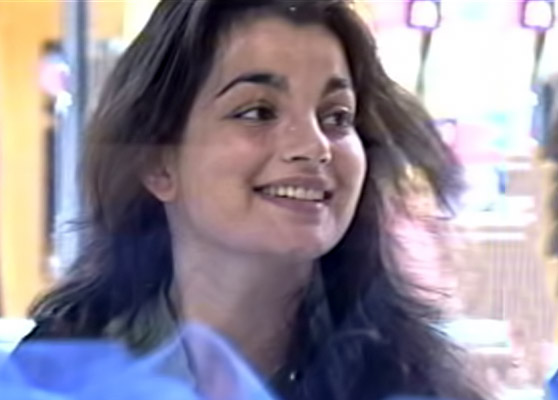
Fanny Gilles
Friend n° 1 -
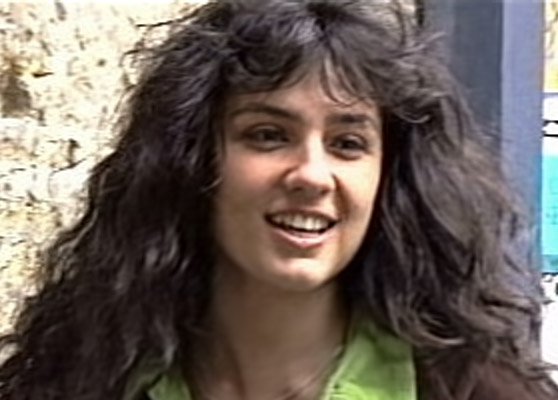
Natalie Aussant
Carla -
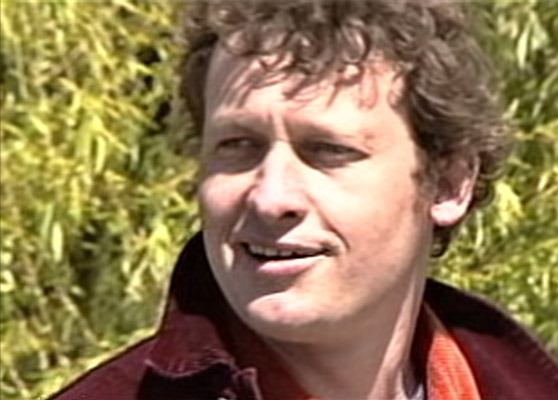
Alexandre Le Provost
Marc -
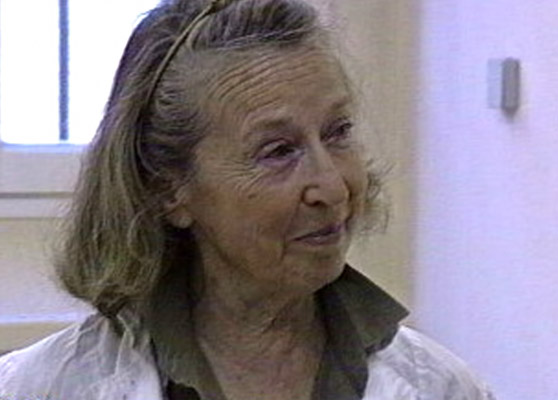
Huguette Faget
The art teacher -
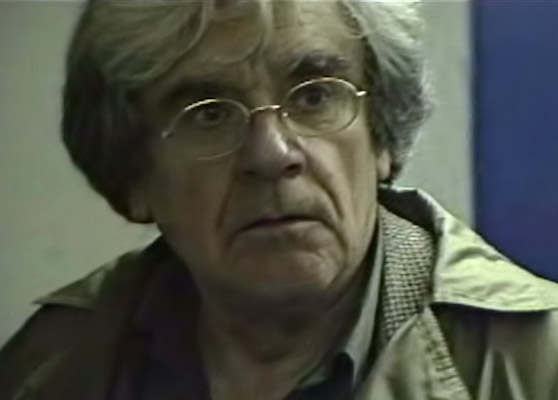
Serge Frédéric
The mysterious man -
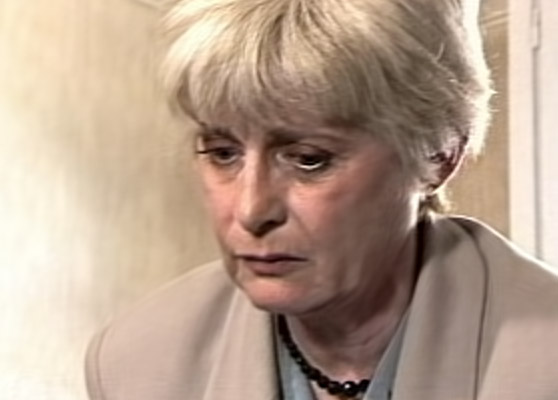
Catherine Oudin
Anne's mother -
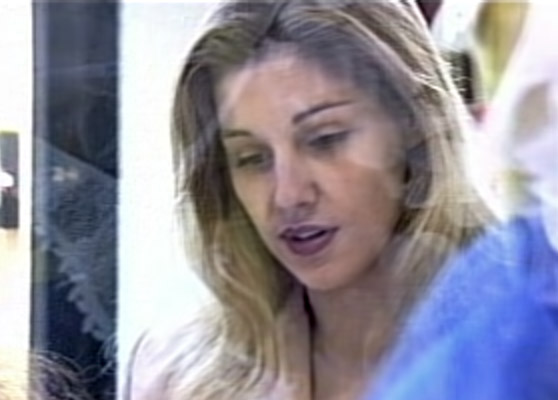
Véronique Dubourg
Friend n° 2 -
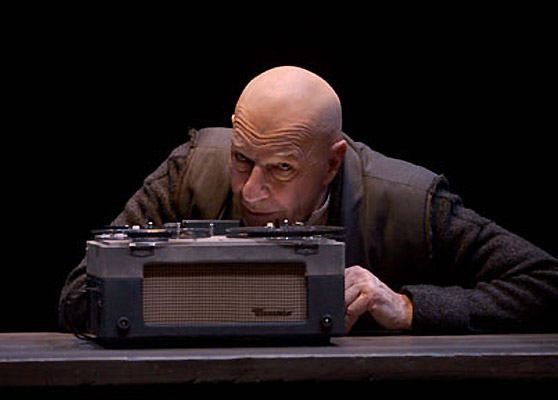
Gabriel Gascon
Voice for the questions -

Nathalie Lachaud
Editor -
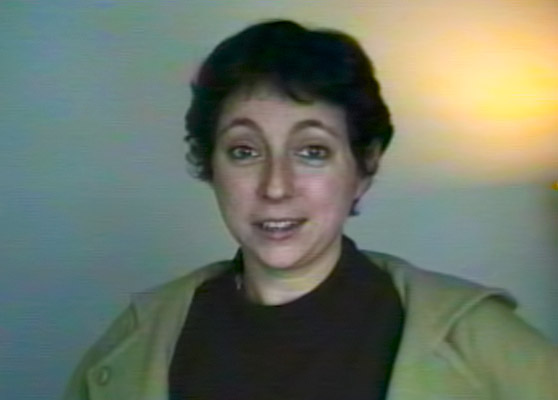
Virginie Gelernt
1st assistant director -
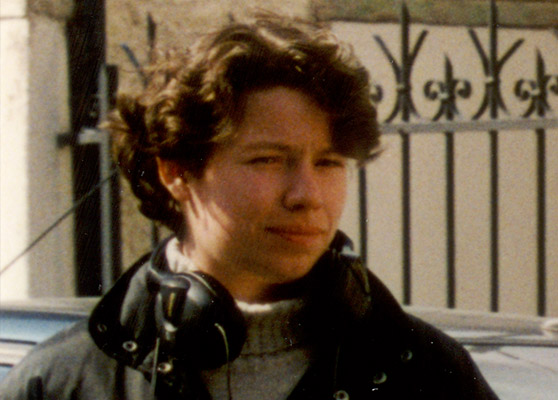
Johanne Heude
2nd assistant director -
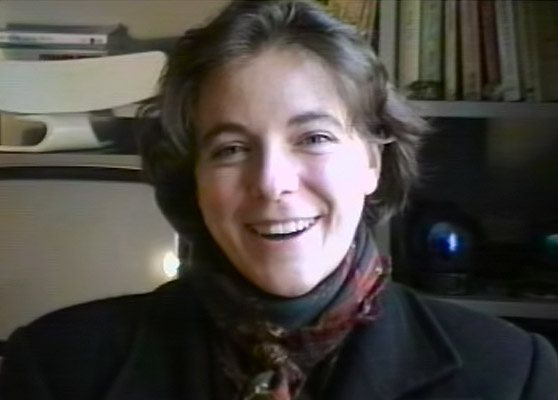
Raphaelle Marchand
Continuity girl -
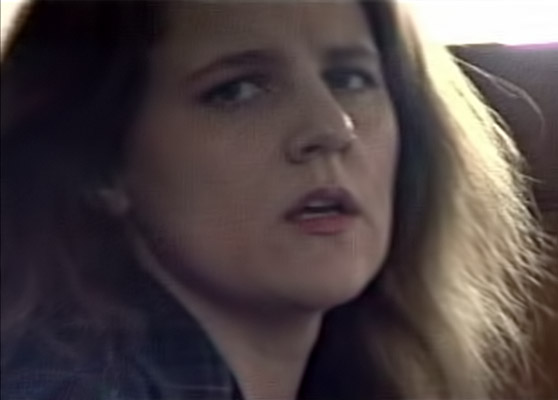
Violaine Meunier
Screenplay and production -
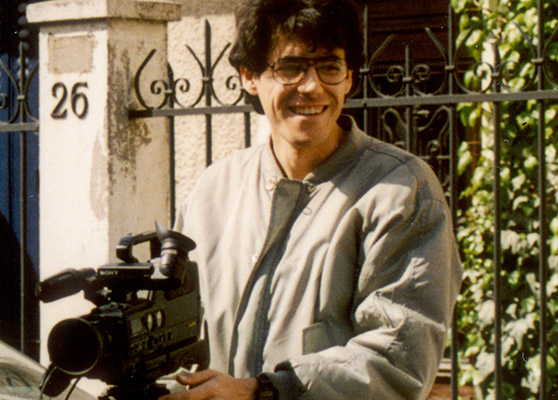
Ali Bali
Screenplay and direction -
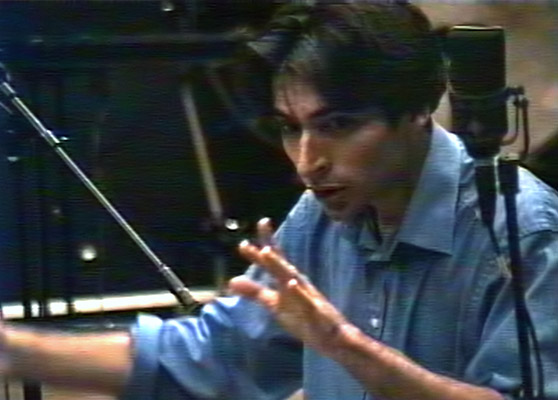
Yannick Paget
Composer and conductor
/ contact
Your comments are invaluable to us! Take a few seconds to let us know what you think.
Do you have a comment or a proposal to make?
Write us a few words to let us know your remarks or your ideas.